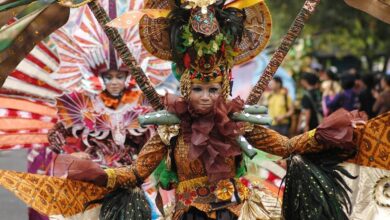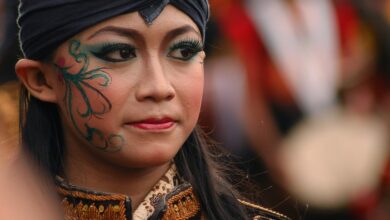The Day of the Dead, or Dia de los Muertos, is one of the most well-known and cherished Mexican traditions. Celebrated on November 1st and 2nd, this holiday is a time for family and friends to come together to honor and remember their loved ones who have passed away.
The origins of the Day of the Dead can be traced back to the indigenous peoples of Mexico, including the Aztecs, who had a deep reverence for their ancestors and the cycle of life and death. The Aztec civilization believed that death was a natural part of life and that the souls of the deceased continued to exist in the afterlife. They celebrated death as a form of transition, rather than an ending.
When the Spanish conquistadors arrived in Mexico in the 16th century, they brought with them the Catholic faith, which merged with the indigenous traditions to create the modern Day of the Dead celebration. The holiday coincides with the Catholic All Saints’ Day and All Souls’ Day, and the fusion of beliefs and rituals has resulted in a unique and vibrant celebration.
One of the most iconic symbols of the Day of the Dead is the calavera, or skull. These intricate and colorful skulls are often made of sugar or clay and are a beautiful representation of the Mexican belief that death is not something to be feared, but rather embraced as a natural and inevitable part of life.
During the Day of the Dead, families create ofrendas, or altars, in their homes to honor their loved ones who have passed away. These altars are adorned with photographs, candles, marigolds, favorite foods and drinks of the deceased, and other mementos. It is believed that the spirits of the deceased return to visit their loved ones during this time, and the ofrendas are a way to welcome them back and ensure they are remembered and honored.
Another important part of the Day of the Dead celebration is the tradition of visiting the graves of loved ones. Families clean and decorate the graves with flowers and candles, and spend time in the cemetery, often sharing stories and memories of their departed relatives.
In recent years, the Day of the Dead has gained widespread popularity around the world, thanks in part to the vibrant and colorful imagery associated with the holiday. From elaborate sugar skull makeup to decorative papel picado (cut paper) banners, the aesthetic of the Day of the Dead has become a beloved and recognizable part of Mexican culture.
The Day of the Dead is a time to celebrate life, remember loved ones, and embrace the idea that death is simply a part of the natural cycle of existence. It is a beautiful and deeply meaningful tradition that serves as a powerful reminder of the importance of family, heritage, and the legacy of those who came before us.




